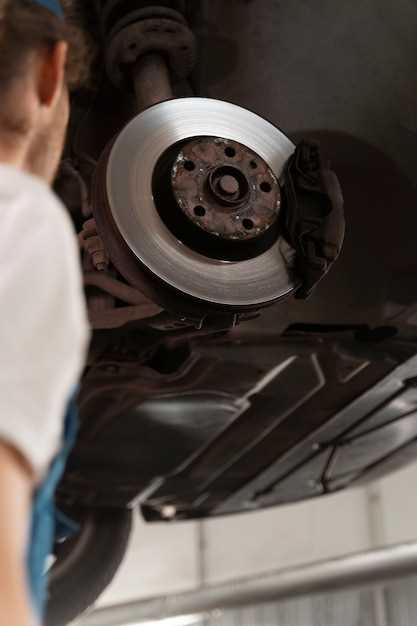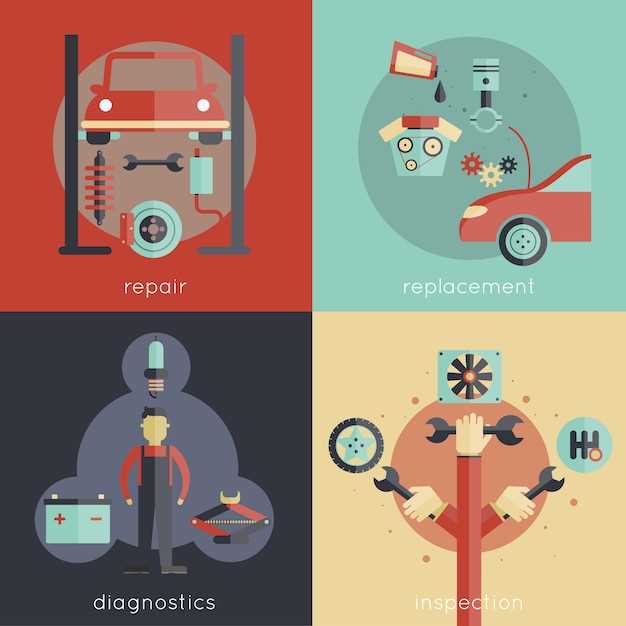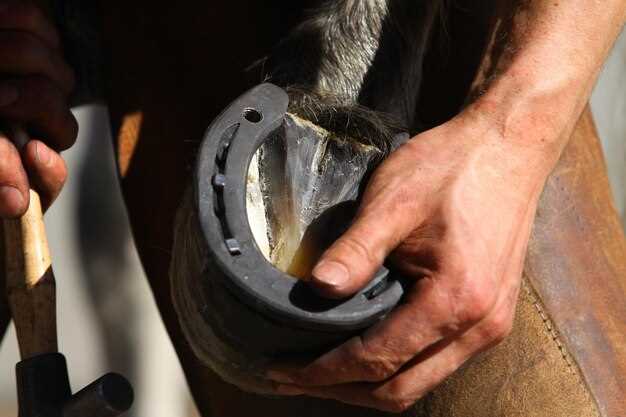How to Bleed Your Brakes Step-by-Step

Maintaining your vehicle’s braking system is crucial for safe driving, and one of the essential DIY tasks every car owner should know is bleeding the brakes. Over time, air can become trapped in the brake lines, leading to a spongy brake pedal and decreased stopping power. This guide will provide you with a clear, step-by-step process to effectively bleed your brakes, ensuring optimal performance and safety on the road.
While it may sound daunting, bleeding your brakes is a manageable task that anyone can tackle with the right tools and a little patience. In this guide, we will walk you through each phase of the process, from gathering necessary supplies to performing the actual bleeding. By following these instructions, you can save money on mechanic fees and gain a sense of accomplishment in maintaining your vehicle.
Whether you’re a seasoned DIY enthusiast or a novice looking to learn, this comprehensive guide will equip you with the knowledge to properly bleed your brakes. Let’s get started and ensure your braking system is in top shape for every drive!
Gathering Necessary Tools and Materials for Brake Bleeding
Before you commence the DIY brake bleeding process, it’s essential to gather all the necessary tools and materials to ensure a smooth operation. First and foremost, you will need a brake bleeder kit, which typically includes a collection bottle, tubing, and a one-way valve. This kit will help you efficiently remove air from the brake lines.
Additionally, you should have a standard wrench set on hand, particularly a box-end wrench that fits your brake bleeder screws. This will allow you to open and close the bleeder valves with ease. A jack and jack stands are also crucial for lifting the vehicle safely, especially if you need to access the rear brakes.
Don’t forget to acquire brake fluid that is compatible with your vehicle’s braking system. Always refer to your owner’s manual to confirm the correct type. Keep a funnel handy to prevent spills while adding fluid during the bleeding process.
Furthermore, wearing gloves and safety goggles is advisable to protect yourself from any brake fluid splashes. A clean rag or paper towels will also come in handy for cleaning up any messes. Lastly, having a friend to assist you can significantly ease the process, making it simpler to pump the brake pedal while you manage the bleeder valve.
Identifying the Correct Brake Bleeding Procedure for Your Vehicle

When it comes to brake maintenance, understanding the specific bleeding procedure for your vehicle is crucial. Each make and model can have different requirements, so always consult your owner’s manual for the manufacturer’s guidelines. This will ensure you follow the correct steps tailored to your vehicle’s braking system.
Commonly, you will need to identify whether your vehicle has a traditional hydraulic brake system or an anti-lock braking system (ABS). Traditional systems often follow a straightforward method, where you start bleeding from the brake furthest from the master cylinder and work your way closer. In contrast, ABS may require a more complex process, often involving specialized equipment, to ensure all air is purged effectively.
Additionally, consider whether your vehicle uses a one-person or two-person bleeding method. The one-person technique allows you to operate the brake pedal while managing the bleeder valve alone, which is beneficial for DIY enthusiasts. However, a two-person method can provide quicker and often more efficient results, as one person can continuously pump the pedal while the other monitors fluid discharge and opens or closes the valve accordingly.
Check for any specific procedures associated with your vehicle, including whether it requires special tools or equipment. Some cars might mandate the use of a pressure bleeder or a vacuum bleeder to ensure an optimal outcome. Ignoring these unique requirements can lead to incomplete bleeding and compromised braking performance.
Finally, after completing the bleeding process, always check the brake fluid level and ensure it is topped off according to your vehicle’s specifications. This is essential for maintaining the integrity of the braking system and ensuring safe driving conditions.
Executing the Brake Bleeding Process Safely and Accurately

Bleeding your brakes is a crucial DIY task that enhances vehicle safety and performance. To execute this process safely and accurately, start by gathering the necessary tools, including a brake bleeder kit, a wrench, and a container for capturing brake fluid. Ensure you wear gloves and safety goggles to protect yourself from corrosive brake fluid.
Next, verify that your vehicle is parked on a level surface and secure it with wheel chocks. Open the hood and check the brake fluid reservoir; if the fluid is low, top it up with the recommended brake fluid type to prevent introducing air into the system during the process.
Identify the correct order for bleeding the brakes, typically starting with the wheel farthest from the master cylinder. Use the wrench to loosen the bleeder valve on the brake caliper, then attach a clear tube from the valve to the container to catch the old fluid. Make sure the tube fits snugly to prevent air from entering.
Have an assistant pump the brake pedal several times and hold it down while you open the bleeder valve. This action allows old fluid and air to escape through the tube. Close the valve before your assistant releases the pedal to maintain pressure in the system. Repeat this process until you see a steady stream of clear brake fluid without bubbles, indicating that all air has been removed.
Once you finish with one wheel, repeat the process for each brake in the recommended sequence. Always check the fluid level in the reservoir after bleeding each brake to ensure it doesn’t drop too low. Finish by securely tightening all bleeder valves and checking for any leaks.
Finally, after all the brakes have been bled, pump the pedal to ensure it feels firm. Test drive your vehicle at low speeds and ensure brakes respond effectively. Proper execution of the brake bleeding process not only ensures safety but also improves the overall performance of your brakes.

